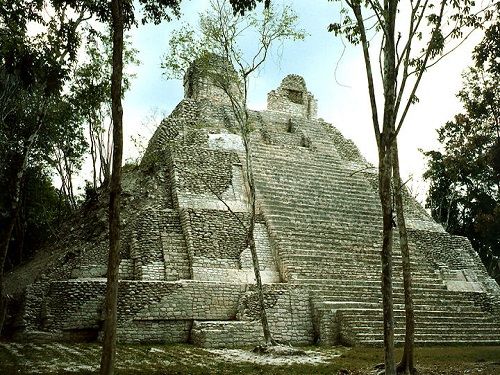
Excelente
500 Views
The settlement probably dates back to 200 BC, when it was initially a small agricultural village. Four or five centuries later, it began its great urban and social development, which would reach its peak in the classical period. The acropolis of the Kinichná complex, Building 1 or Temple of the Owl and the first construction stage of Building 11 or Temple of the Cormorants correspond to this period. From the 11th century AD, the city was abandoned.
Othón P. Blanco is one of the 10 municipalities in which the state of Quintana Roo is divided, it is named in honor of Othón P. Blanco, who led the colonization of the region and founded the city of Chetumal, it has various tourist sites such as the archaeological sites of Kohunlich, Dzibanché, Kinichná and the Laguna or Chakanbakan, recently access to the public was allowed in Oxtankah, the Fort of San Felipe Bacalar, also notable are the Caimanes park, the Alameda, the "Rosario Castellanos" park, the Venustiano Carranza and the Maestro parks, the so-called Museum of Mayan Culture, the City Museum, and in the town of Bacalar the Museum of the Fort, beautiful beaches and the Banco reef are Xcalak and Mahahual.
In different towns there are festivities, which in summary can be mentioned: In Calderitas a fair is held in the month of May; the towns of Sergio Butrón Casas celebrate their anniversary on January 25; Vallehermoso, on February 14; Tres Garantias, on May 14; Río Verde, on May 17; Nicolás Bravo, on May 21; the Alvaro Obregón Agricultural Unit on June 15; the Alvaro Obregón Sugar Mill on June 21; and in Subteniente López, on August 23. The San Isidro festivities are commemorated in Chacchoben, Margarita Maza and Caobas. On the other hand, in an effort to recover the cultural traditions of Chetumal, the City Council launched the program called "Bohemian Thursdays" and the Full Moon Festival, where local artists perform and have great public participation.